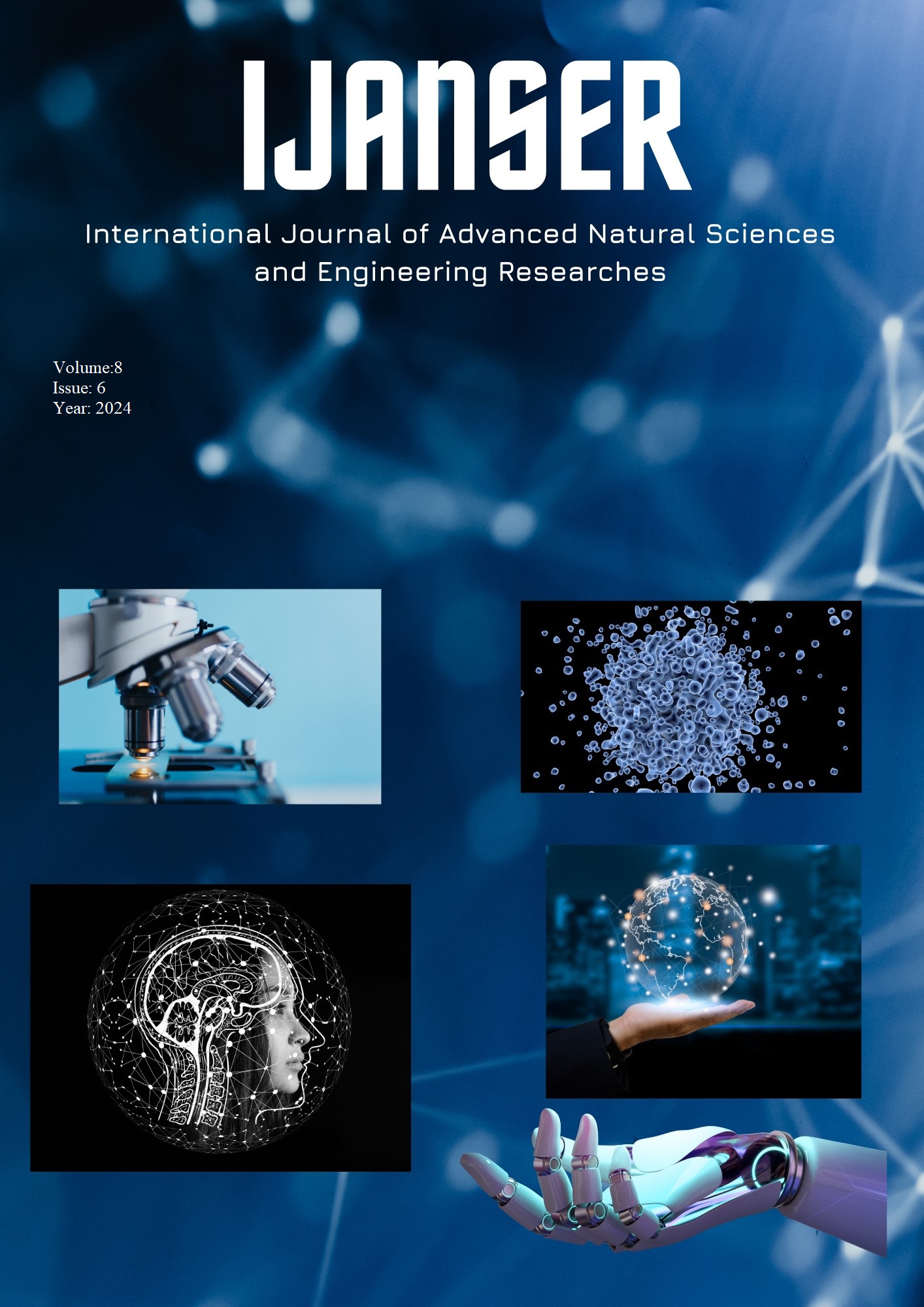From Their Point of View: A Content Analysis on Language Needs of Professionals
Keywords:
Foreign Language Education, Tertiary Level Education, Qualitative Research, Content AnalysisAbstract
For the students in Turkey, not just getting into university is sufficient. They have to prove another competence as well, id est language ability. Are preparatory schools, instructors, administrators, namely all stakeholders successful in teaching English and preparing the prospective i.e., doctors, engineers, teachers for being accurate users of English, global citizens, admirable and respected professionals? In order to shed light into this problem, the current study aimed at interrogating graduates and academicians regarding the qualifications of a preparatory program. Hereby, the study has a qualitative research design, Universe is all preparatory program graduates, Sample is Karadeniz Technical University School of Foreign Languages graduate students. Focus group interviews have been made with Medicine students who have graduated from the Preparatory School and their instructors working as doctors at Faculty of Medicine. The qualitative data coming out of the interviews have been analyzed with content analysis. Content analysis is a research method used for the subjective interpretation of the data by identifying themes or patterns (Hsieh & Shannon, 2005). In order to receive clear answers from the interviews, they were made in Turkish, Translation and Back translation method was employed in the aftermath. Not to violate validity and reliability common codes/total codes x 100 was used for the coding. The results suggest that, the preparatory program fails to improve listening and speaking skills on behalf of students, which led to failure in making in-service oral presentations throughout their career or hesitations to speak when they travel abroad for professional purposes.
Downloads
References
Baker, S. C., & MacIntyre, P. D. (2000). The role of gender and immersion in communication and second language orientations. Language Learning, 50(2), 311–341. https://doi.org/10.1111/0023-8333.00119
Conway, J. (2007). Anxiety in second language learning: Causes and solutions. [Unpublished paper]. http://www.academia.edu/5425739/380Paper_Jennifer
Council of Europe (CEFR) (2001). Common European Framework of Reference for Languages: Learning, Teaching, Assessment. New York: Cambridge University Press
Creswell, J. W. (2009). Qualitative inquiry and research design: Choosing among five traditions (3rd ed.). Sage.
Doyman, S., & Yumru, H. (2020). An exploration of students’ perceived sources of speaking anxiety. International Journal of Media, Culture and Literature, 6(2), 189–199. https://doi.org/10.17932/IAU.IJMCL.2015.014/ijmcl_v06i2005
Hsieh, H. F., & Shannon, S. E. (2005). Three approaches to qualitative content analysis. Qualitative Health Research, 15(9), 1277–1288.
Krashen, S. D. (1986). Principles and practice in second language acquisition. Oxford: Pergamon Press.
Oxford, R. L. (1999). Anxiety and the language learner: new insights. In J. Arnold (Ed.). Affect in language learning(pp. 58–67). Cambridge University Press.
Yılmaz, T., & De Jong, E. (2024). The role of native speaker peers on language learners’ fear of negative evaluation and language anxiety. Boğaziçi Unıversity Journal of Education, 41-3(1), 1-17. https://doi.org/10.52597/buje.1389669





